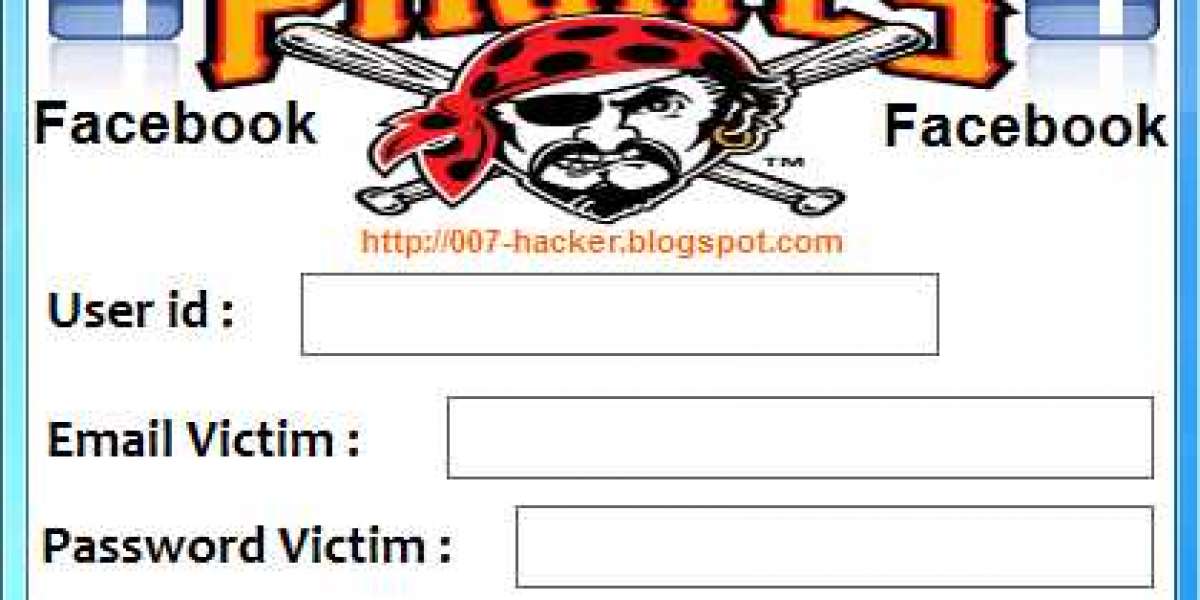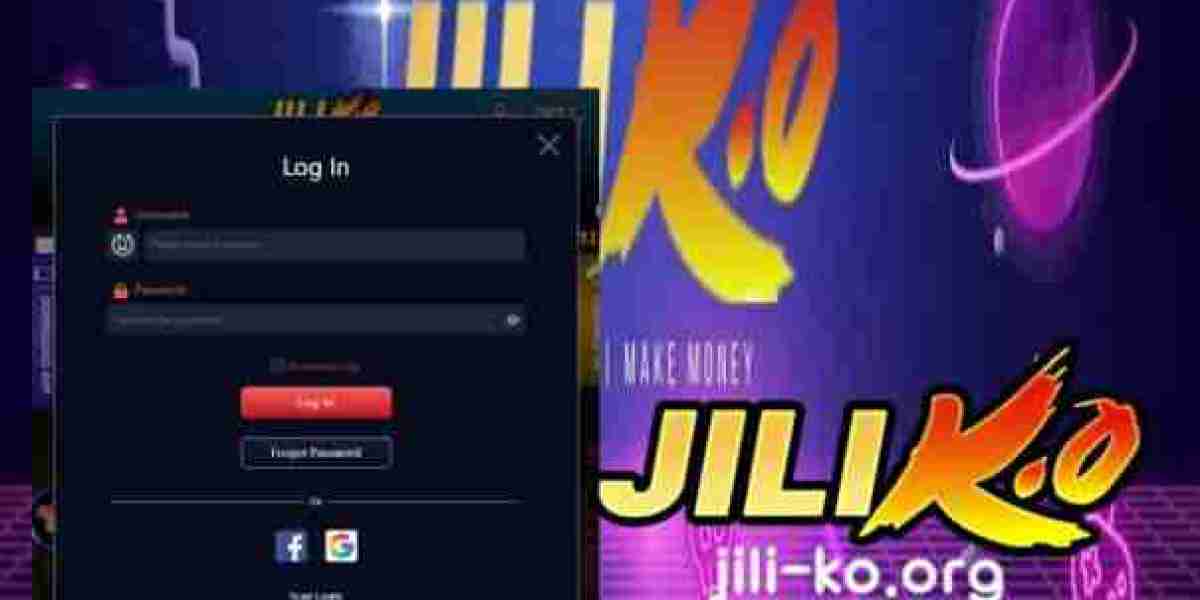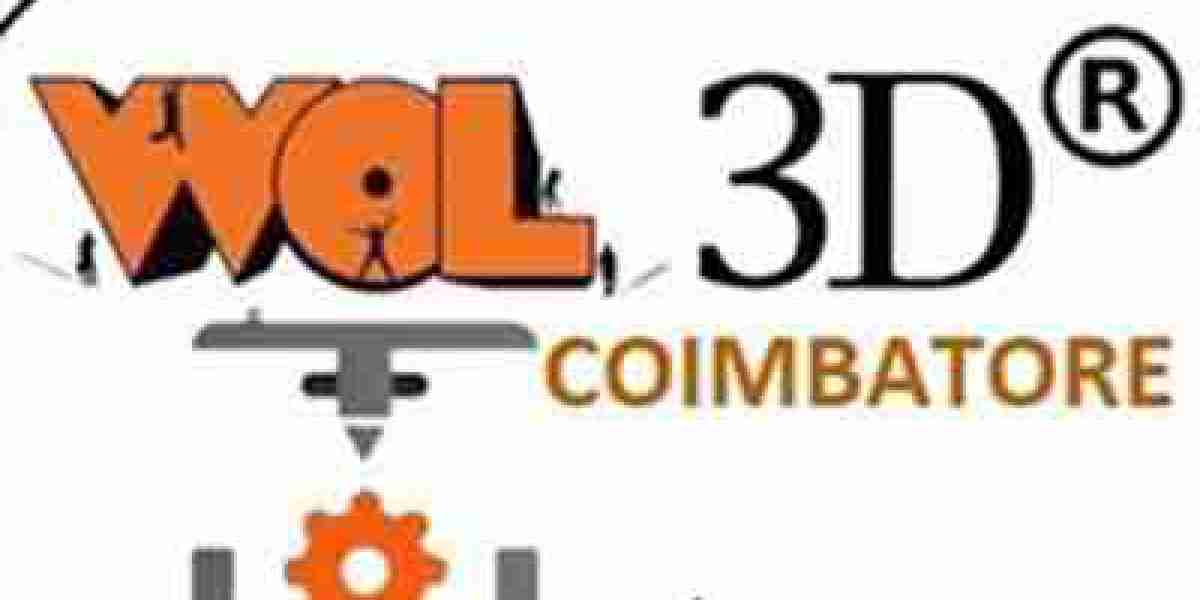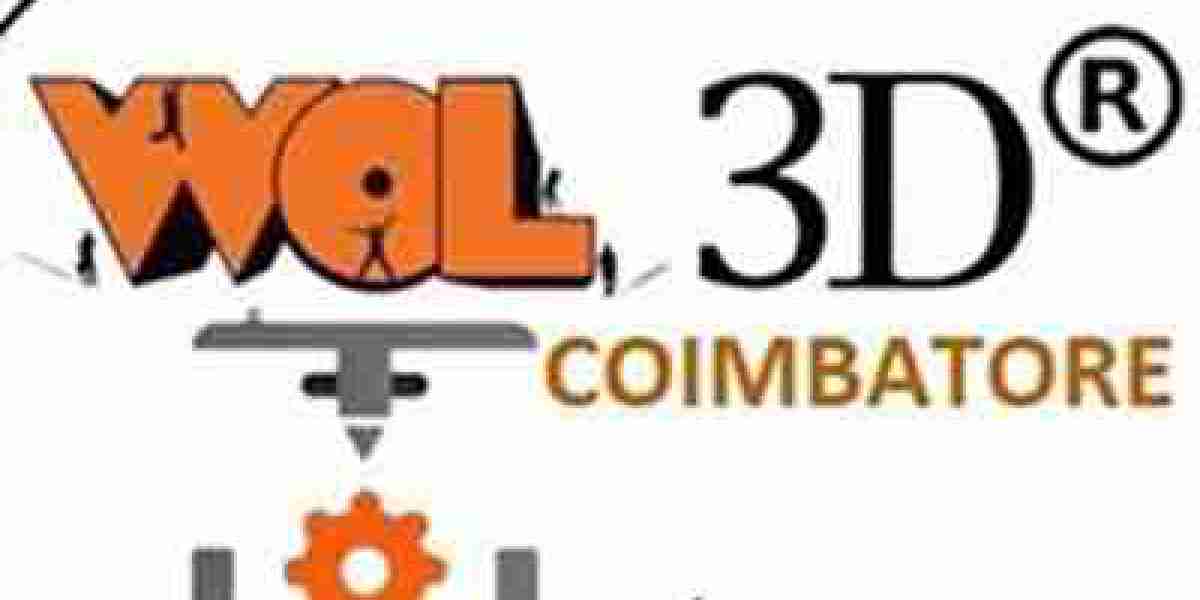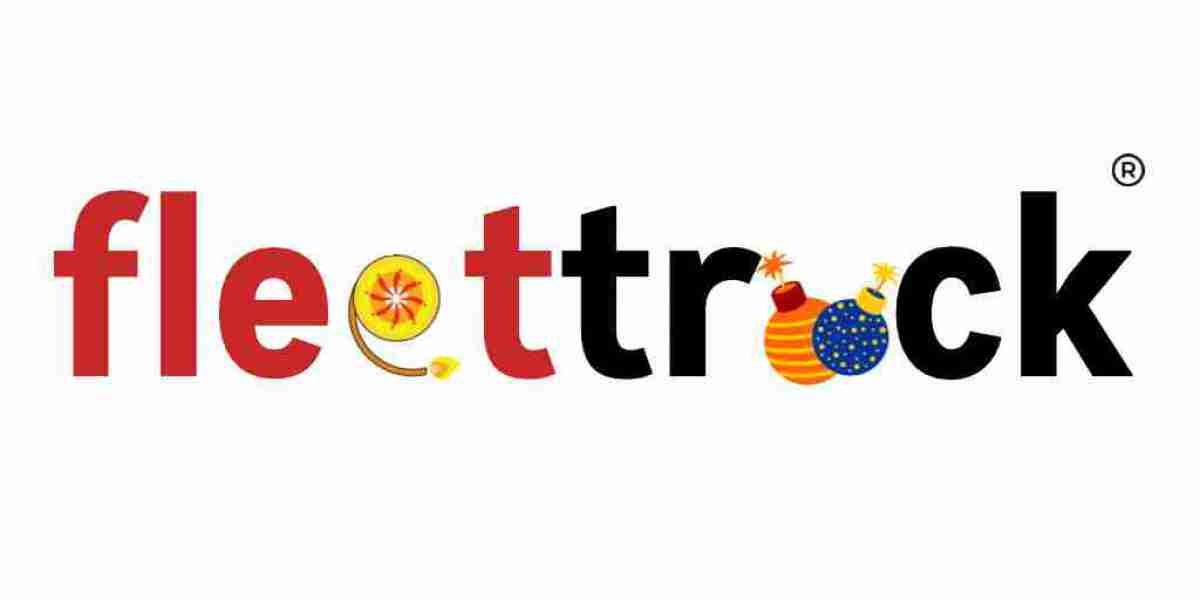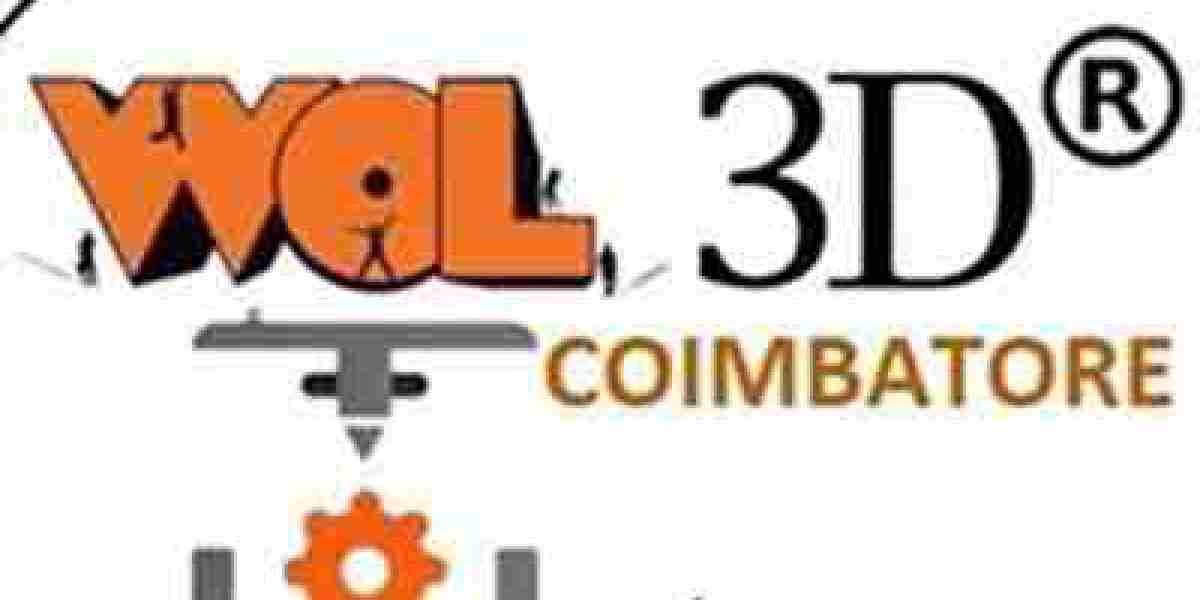A well-structured conference marketing strategy is essential for maximizing attendance, increasing engagement, and ensuring a successful event. Whether you're organizing a virtual, hybrid, or in-person conference, a strategic approach can help you reach the right audience and drive meaningful participation. Here’s a step-by-step guide to crafting an effective conference marketing strategy.
1. Define Your Conference Goals and Objectives
Before developing a marketing plan, establish clear goals for your conference. Consider:
The target number of attendees
Key sponsors and exhibitors to attract
Desired level of audience engagement
Revenue and ROI expectations
Having well-defined objectives will guide your marketing efforts and help measure success.
2. Identify Your Target Audience
Understanding your audience ensures your messaging resonates with the right people. Consider factors such as:
Industry and professional background
Challenges and pain points
Preferred communication channels
Geographic location (especially for hybrid and in-person events)
Use audience data from past events, surveys, and market research to refine your targeting.
3. Develop a Multi-Channel Promotion Plan
A successful conference marketing strategy leverages multiple channels. Key tactics include:
Email Marketing
Send personalized invitations and reminders.
Segment email lists based on attendee interests and behaviors.
Use automation for timely follow-ups and engagement.
Content Marketing
Publish blog posts and articles highlighting key topics and speakers.
Create video content, such as speaker interviews and event teasers.
Optimize content with SEO strategies to drive organic traffic.
Social Media Marketing
Use event-specific hashtags to build online buzz.
Share behind-the-scenes content, speaker spotlights, and live updates.
Run targeted social media ad campaigns to boost reach.
Paid Advertising
Utilize PPC campaigns on search engines and social media platforms.
Use retargeting ads to engage past visitors who haven’t registered.
Partnerships and Influencer Marketing
Collaborate with industry influencers to extend your reach.
Encourage sponsors, exhibitors, and speakers to promote the event.
4. Optimize Your Conference Website and Registration Process
Your website should serve as a hub for all conference-related information. Ensure it includes:
A clear and compelling event description
Speaker details and session agendas
An intuitive, mobile-friendly registration process
Strong calls-to-action (CTAs) to encourage sign-ups
5. Leverage Engagement Strategies Before, During, and After the Conference
Engagement should be an ongoing process:
Before the event: Conduct webinars, Q&A sessions, and interactive polls.
During the event: Utilize live Q&A, networking tools, and gamification.
After the event: Send thank-you emails, share session recordings, and gather feedback for future improvements.
6. Measure and Analyze Your Marketing Performance
After the conference, assess the effectiveness of your strategy by analyzing:
Registration numbers and attendee demographics
Social media engagement and campaign performance
Website traffic and conversion rates
Post-event surveys and attendee feedback
Use these insights to refine your approach for future conferences and improve overall outcomes.
Final Thoughts
Creating a successful conference marketing strategy requires a mix of planning, execution, and continuous optimization. By defining clear goals, understanding your audience, leveraging multiple marketing channels, and tracking performance, you can maximize the impact of your conference and ensure a highly engaging event experience.

